Beyond the Surface: Intubation Camera & Deep Tissue Visualization
May 06, 2024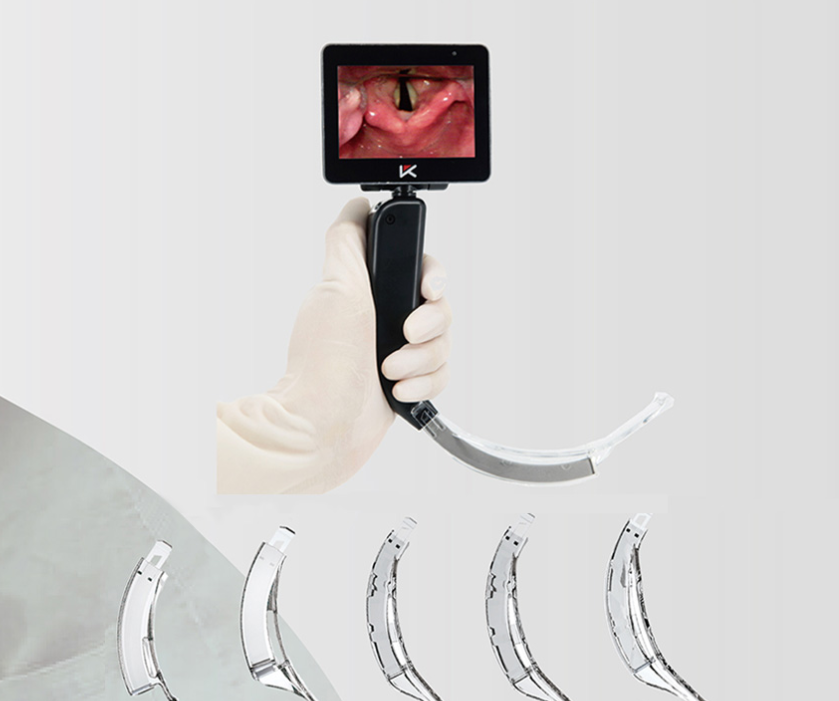
Intubation cameras play a vital role in modern medical procedures, revolutionizing the way healthcare professionals visualize and navigate intricate anatomical structures. These advanced imaging devices are instrumental in various procedures, including precision laryngoscopy, flexible video bronchoscopy, and disposable flexible ureteroscopy. At the forefront of enhancing visualization and precision, intubation cameras have become indispensable tools in the medical field.
Introduction to Intubation Cameras
1.1 Definition and Purpose
An intubation camera is a sophisticated medical device designed to provide real-time, high-definition images of internal body structures. It consists of a miniature camera mounted on the tip of a flexible or rigid endoscope, allowing healthcare professionals to navigate through narrow passages with unparalleled clarity. The primary purpose of an intubation camera is to aid in diagnostic and therapeutic procedures by offering clear visualization of the target area and guiding medical interventions with precision.
1.2 Importance
The significance of intubation cameras cannot be overstated in modern healthcare settings. By offering enhanced visualization and precise guidance, these devices enable medical professionals to perform complex procedures with greater accuracy and safety. Whether it’s ensuring the proper placement of an endotracheal tube during precision laryngoscopy or conducting intricate interventions in the bronchial tree or urinary tract, intubation cameras significantly improve patient outcomes and reduce the risk of complications.
Types of Intubation Cameras
2.1 Overview
Intubation cameras come in various forms, each tailored to specific medical procedures and clinical settings. The three primary types include rigid endoscopes, flexible endoscopes, and video bronchoscopes. Each type offers distinct advantages and capabilities, catering to the diverse needs of healthcare professionals across different specialties.
2.2 Features and Capabilities
a. Rigid Endoscopes: These intubation cameras feature a straight, rigid shaft ideal for procedures requiring precise navigation through narrow passages. With high-resolution imaging capabilities, rigid endoscopes offer exceptional clarity and detail, making them well-suited for procedures like precision laryngoscopy.
b. Flexible Endoscopes: Unlike rigid endoscopes, flexible endoscopes incorporate a flexible shaft that can bend and maneuver through complex anatomical structures. This flexibility allows for greater reach and access to hard-to-reach areas, making them indispensable in procedures such as flexible video bronchoscopy.
c. Video Bronchoscopes: Video bronchoscopes combine the flexibility of a flexible endoscope with advanced video imaging technology. These devices provide real-time video feed, enabling healthcare professionals to visualize the bronchial tree with exceptional clarity and precision. Video bronchoscopes are essential for conducting diagnostic and therapeutic procedures in the lungs, including biopsy and foreign body removal.
Applications of Intubation Cameras
3.1 Precision Laryngoscopy
Precision laryngoscopy involves visualizing the larynx and upper airway to diagnose and treat conditions such as airway obstruction or vocal cord abnormalities. Intubation cameras play a crucial role in this procedure by providing clear visualization of the laryngeal structures, facilitating the placement of an endotracheal tube, or performing surgical interventions with precision.

3.2 Flexible Video Bronchoscopy
Flexible video bronchoscopy is a minimally invasive procedure used to examine the bronchial tree and perform interventions such as biopsy, foreign body removal, or stent placement. Intubation cameras are essential components of flexible bronchoscopes, offering real-time video imaging that enables healthcare professionals to navigate through intricate bronchial passages with unparalleled precision.
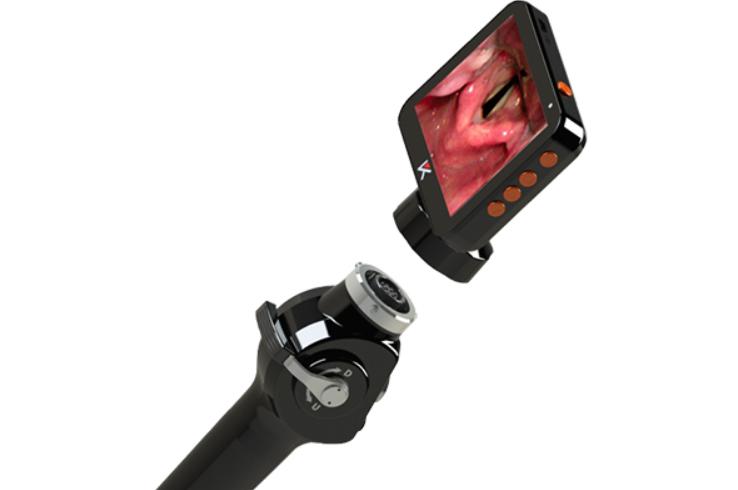
3.3 Disposable Flexible Ureteroscopy
Disposable flexible ureteroscopy involves visualizing the urinary tract, particularly the ureter, and kidney, to diagnose and treat conditions such as kidney stones or ureteral strictures. Intubation cameras are integral to disposable flexible ureteroscopes, providing clear visualization of the urinary tract and guiding medical interventions with accuracy. This minimally invasive approach reduces patient discomfort and accelerates recovery.

Advantages of Intubation Cameras
Intubation cameras have transformed the landscape of modern medical procedures, offering a myriad of advantages that significantly enhance patient care and outcomes. From enhanced visualization to improved precision and control, these advanced imaging devices play a crucial role in revolutionizing medical practice.
4.1 Enhanced Visualization
Intubation cameras provide healthcare professionals with unparalleled clarity and detail, significantly improving the visualization of anatomical structures during procedures. By offering high-definition images in real time, these devices enable surgeons to accurately assess and navigate intricate anatomical features, leading to more precise diagnosis and treatment. Whether it’s visualizing the larynx during precision laryngoscopy or examining the bronchial tree in flexible video bronchoscopy, intubation cameras enhance visibility, enabling medical professionals to make informed decisions and deliver optimal patient care.
4.2 Minimally Invasive
One of the most significant advantages of intubation cameras is their ability to facilitate minimally invasive procedures. Unlike traditional surgical techniques that require large incisions and extensive tissue disruption, intubation cameras enable surgeons to access internal structures through small incisions or natural body openings. This minimally invasive approach reduces patient discomfort, accelerates recovery time, and lowers the risk of postoperative complications. Whether it’s performing endoscopic procedures in the airway or urinary tract, intubation cameras enable healthcare professionals to deliver effective treatment while minimizing the impact on patients’ overall well-being.
4.3 Precision and Control
Intubation cameras empower surgeons with better control and precision during procedures, ultimately improving patient outcomes. With real-time visualization and precise guidance, healthcare professionals can navigate through complex anatomical structures with confidence, ensuring the accurate placement of instruments and interventions. Whether it’s navigating through the bronchial tree during flexible video bronchoscopy or accessing the urinary tract in disposable flexible ureteroscopy, intubation cameras provide surgeons with the tools they need to achieve optimal results. By enhancing precision and control, these devices minimize the risk of complications and maximize the effectiveness of medical interventions, ultimately benefiting patients and healthcare providers alike.
Categories
Latest Articles
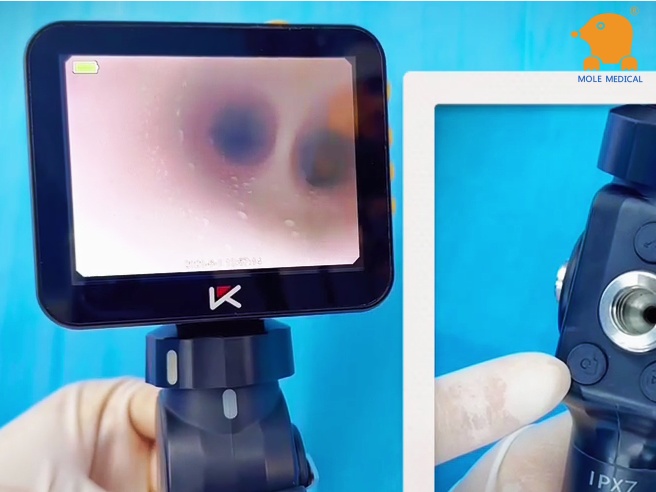
Mole Medical: The Application Value of Electronic Bronchoscopy Alveolar Lavage in Children with Severe Pneumonia and Mycoplasma Pneumonia
Bronchoscopic lung lavage has become an important treatment method for severe pneumonia caused by mycoplasma in children. This technique mainly involves using a flexible electronic bronchoscope to enter the child’s airway and, under direct vision, remove the obstructive mucus plugs and inflammatory secretions. At the same time, lavage fluid is collected for pathogen detection. Compared ... Read more

Join Us at MEDLAB ASIA & ASIA HEALTH 2025!
Date: July 16–18, 2025Venue: Malaysia International Trade & Exhibition Centre (MITEC)Booth: H32 – Don’t miss it!Like & Follow us for updates!See you at Booth H32!

Clinical comparison of foreign body removal procedures using rigid bronchoscopy, fiberoptic bronchoscopy, and flexible electronic bronchoscopy
Bronchial foreign bodies are a common emergency in pediatrics. Clinically, bronchoscopy techniques are typically used to remove the foreign bodies. Currently, the three main bronchoscopy techniques each have their own characteristics, and among them, the flexible bronchoscopy shows unique clinical value in pediatric patients. This article conducts a clinical application analysis of all three bronchoscopy ... Read more
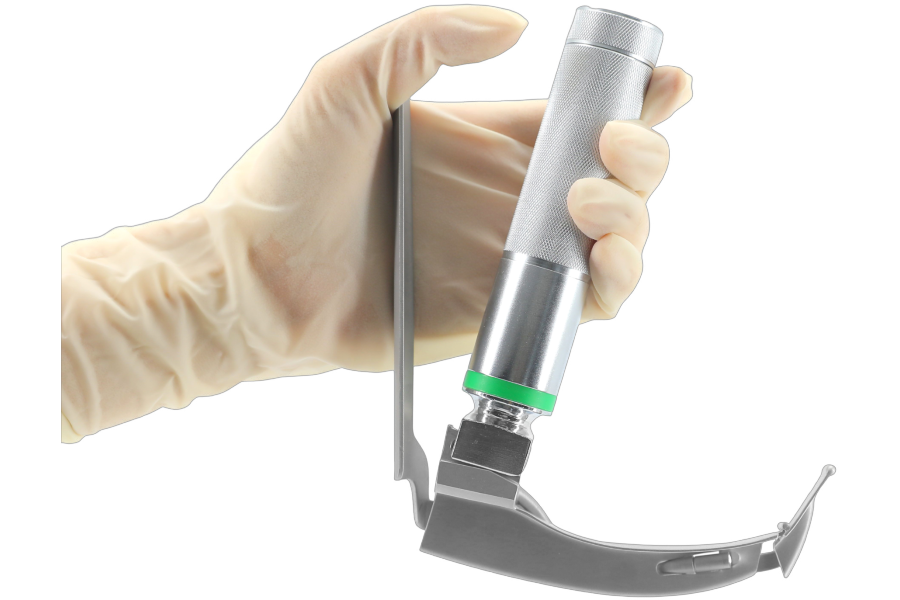
How Fibre Optic Laryngoscopes Improve ENT Procedures
In modern ENT procedures, precision and visibility are key. That’s where the laryngoscope fibre optic technology comes in. Unlike traditional tools, these advanced devices use fibre optics to provide a clear, well-lit view of the throat and vocal cords. This means doctors can see more and do more—with less risk to the patient. But how ... Read more
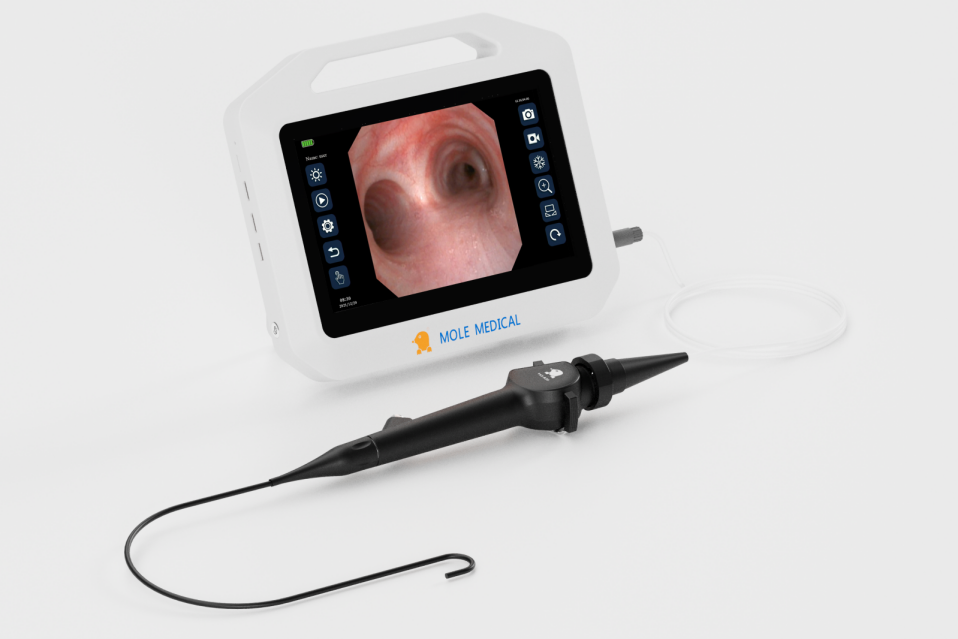
Flexible Laryngoscopy: A Clearer Voice for Quicker Diagnoses
Flexible Laryngoscopy is a powerful tool that helps ENT specialists do just that. It uses a thin, flexible scope to view the throat, vocal cords, and airway in real-time. The procedure is quick, non-surgical, and performed right in the clinic. For patients with voice changes, chronic cough, or throat discomfort, this method offers fast answers ... Read more



